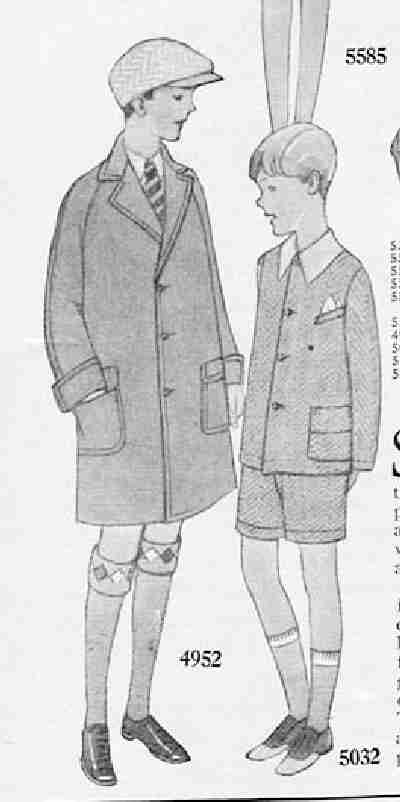
Figure 1.--The McCalls advertisement in the "Parents Magazine" for February 1929 featured a boys' overcoat and short pnts Eton suit. |

|
Parents Magazine in Fevruary 1929 fearured a mcCalls ad for a variety of children's clothes. Most were girl's items. There was a romper suit for children meaning boys or girls and to garments for boys. The boys items were a Spring Eton suit and an overcoat.
Parents Magazine is the leading family magazine in the United States for parents. It provides practical advise, tips, techniques and advice from America's foremost childcare experts. As originally conceived it was primarily pitched to mothers. This is probably still the case, although men are playing an increasing role in raising children. The magazine was founded in 1925. The magazine is still being published. Besides the articles with advise on child raising, there were many advertisements of products for children. This included clothing and patterns for making children's clothing. A HBC reader notes that there were many ads in the magazine for underwear--apparently a major shopping concern for mothers of the period. Or at least the advertisers who used PM thought so.
McCalls was a major American domestic magazine which began to inclue patterns in the 19th century. We note a McCalls tunic suit in 1908. McCalls continues to
be a major pattern company. We note that by 1916 that they were publishing a catalog of their patterns which appared to emphasize clothing for women and
children. McCalls continues to be a major factor in the pattern and home sewing business. The McCalls webite for Spring 2002 reads, "McCalls introduces the
newst designs in glamerous evening and bridal dressing. Browse through the McCalls website and you'll find a great selection of brightly colored children's and
infant's wear, cozy sleepwear, fleece-wear, and women's/large sizes. You'll also find fun accesories, hime decorating, crafts and even Renaissance costume
patterns!"
Note that in the styles intended for boys, short pants are assumed. From the look of the outfits, Parents Magazine was looking forward to Spring.
The younger boy wears a spring suit. He has an Eton collar. The pattern wss available in sizes 4-8 years. Notably the suit does not have lapels, but buttons at the collar. The younger boy is shown with a jacket lacking lapels and a shirt collar that folds over his jacket. He is wearing a natty handkerchief in his breast pocket. Such formality was obviously considered appropriate and fashionable for boys--perhaps even for school wear in some cases.
The Parents Magazine in February showed a McCalls pattern for a boy's overcoat in sizes 4-12 years. The overcoat featured patch pockets. It was a formal style, the boy wears it with a short pants suit. The older boy in the overcoat wears cuffed knee socks with a patterned top whereas the younger boy wears three-quarter socks. If one can judge by the space given to advertising in the contemporary catalogs, long stockings were worn more frequently by boys in February, 1929, than either knee socks or three-quarter socks. But the advertisement apparently is looking ahead to Spring when knee-length or calf-length hosiery would be more usual. The older boy is quite formally dressed, with white shirt, necktie, and peaked cap.
Navigate the Boys' Historical Clothing catalog/magazine pages:
[Return to the Main American mail order 1929 page]
[Main photo/publishing page]
[Store catalogs]
[Fashion magazines]
Navigate the Boys' Historical Clothing Web Site:
[Introduction]
[Activities]
[Biographies]
[Chronology]
[Clothing styles]
[Countries]
[Topics]
[Bibliographies]
[Contributions]
[FAQs]
[Glossaries]
[Satellite sites]
[Tools]
[Boys' Clothing Home]
Navigate the Boys' Historical Clothing Web Site:
[Sailor suits]
[Sailor hats]
[Buster Brown suits]
[Eton suits]
[Rompers]
[Tunics]
[Smocks]
[Long stockings]
[Stocking supporters]
